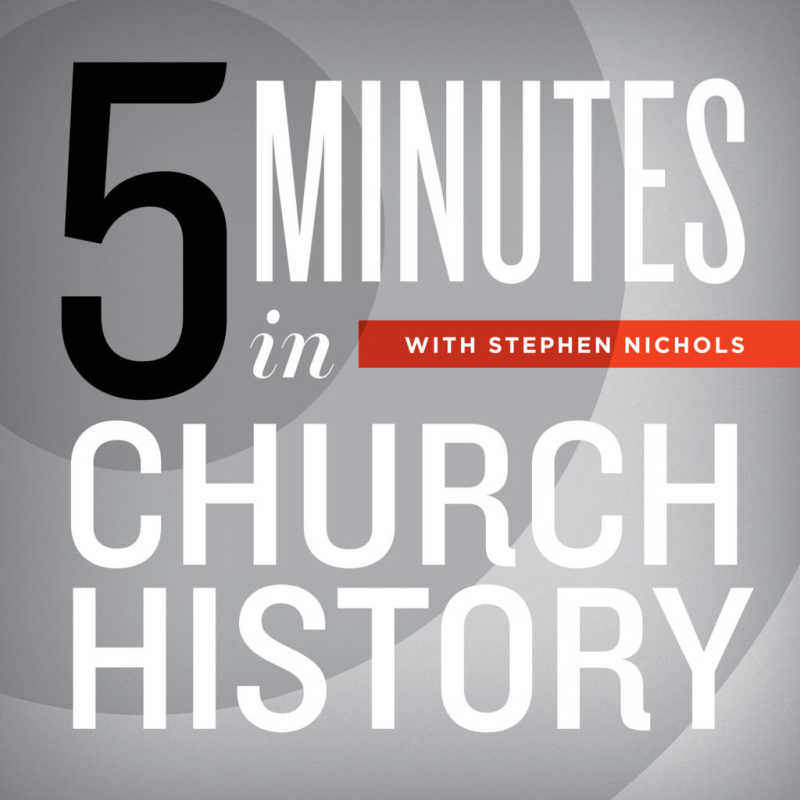What a Mosaic Can Teach Us: Hinton St. Mary Dorset

Transcript
Last time, we were in Great Britain visiting with Charles Haddon Spurgeon. Let's stay in England for a while, but let's go back a little further than the nineteenth century. Let's go all the way back to the 300's. We need to go to the county of Dorset, to a charming named place, "Hinton St. Mary." Actually we need to go back to London to the British Museum, because it is there in that massive treasury of antiquity, in the early Britain room, that we will find a mosaic—the Hinton St. Mary mosaic.
It was unearthed in 1963. The full mosaic is seventeen feet by fifteen feet, and right in the middle is what they call a "roundel," or a circular mosaic. It is believed to be the earliest extant image of Christ. And it is flanked by the ancient Christian symbol of the Chi-Rho, two Greek letters that are the first two letters of Christ's name. Three in English, because the Chi, which is the "X" in Greek, is transliterated as "Ch" in English, and the Rho is the "R." This symbol goes back to Constantine.
Historians aren't sure of the purpose of the original building that this mosaic was a part of. Some think it was the dining room of a villa. Others think it may have been a church. We are not exactly sure what the room was for. But here's the significance—Christ is the center of the mosaic. In art terms we would say, the focal point. Now traditionally, a pagan god or a goddess would hold that place in Roman mosaics. And the four corners of the "Hinton St. Mary" mosaic are given to the four Gospel writers. Typical Roman mosaics had the four winds or the four elements.
So you can look at these Roman mosaics and you can get a sense of their worldview, of how they saw the world, and how they understood their world. Pagan god's were at the center. Nature was at their command. And humanity was trying to figure it all out. That's one world view.
Then there's the other. Christ is at the center and God's word governs us, teaches us, leads us to the center—leads us to Christ. It's somewhat akin to saying, "There's a new sheriff in town." And now, everything had changed.
If you were to visit the British Museum and walk around the early Britain room you would notice something right off—that Chi-Rho that appears on the Hinton St. Mary mosaic is everywhere. And so is another pair of Greek letters. This is the first and the last letters of the Greek alphabet—the Alpha and Omega. We know these from the book of Revelation and the reference to Christ.
Well my favorite piece in the British Museum with this, or I should say pieces rather, is a pair of large copper basins from the fourth or fifth century. These have the Alpha and Omega hammered from the inside out, but the Alpha and Omega is reversed. Now I feel so bad for this guy. It's not like you can hit the delete button and try again. So there it is for all the ages to see, the Omega and Alpha.
All of these artifacts point to the rapid spread of Christianity after Constantine in the fourth and fifth centuries. And this rapid spread went across the English Channel and on up into ancient Britain, and all of this symbolism also reminds us that Christ indeed is at the center. Christ is indeed the beginning, and He is the end. He is the hub of the wheel. As Paul says in 1 Corinthians 8:6, "there is one Lord, Jesus Christ, through whom are all things, and through whom we exist."
What have we to learn from an ancient mosaic? We learn that Christ is the center. May it be so.
